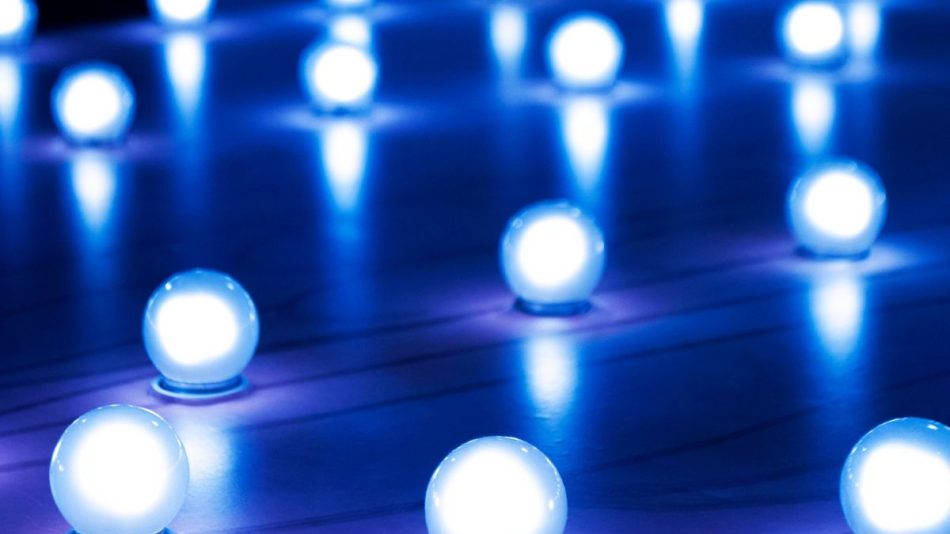The era when incandescent lights were the main method of lighting has come to an end. On this occasion, we will tell you what it is, how it works and the advantages of LED technology in lighting. If you are considering renewing the lighting in your home, office or business, we recommend that you continue reading this article, where we will clarify any questions you may have.
What is LED technology in lighting?
An LED or Lighting Emitting Diode is a semiconductor-type diode that can emit light. These had already been used for many years in different devices, but their use was somewhat simpler since we found them, for example, in the recording buttons of a DVD. It was also widespread for these to be part of an appliance to indicate that it was on or off by changing colour (green or red).
In reality, these are almost 100 years old, and in 1927, the first LED was developed by Oleg Vladimirovich Losev. Now, it would only be in the sixties that they began to be used in industry. Since its inception, technology has made significant advances. They could only provide green, red or yellow light at a reasonably low level, but currently, they can offer a white luminosity capable of illuminating an entire room.
How an LED works
These have a relatively simple function: it consists of an electron that passes through a condition band to the valence band; when it gets there, it loses part of its energy, manifesting itself in a photon. This detaches in a random direction, as does its amplitude.
But what about the colours? Well, the colour of the light from LEDs comes from the material used in the semiconductor. Depending on this, you can get multiple colours, such as green, blue, and blush.
Being a type of monochromatic light, the colour of light can only be changed by changing the intensity and combining them. Combining three LEDs, one green, one red and one blue, is necessary to achieve a white light tone. These colours are RGB, with which you can make any combination you can imagine.
On the other hand, the intensity of the light will depend largely on the electric current that circulates through them, although in the same way, there are some other points to take into account.
Advantages
These lights have several very important advantages that make them stand out greatly over incandescent lighting. In addition, they also have their advantages over halogen lights. Its advantages are:
- Energy consumption: this LED lighting technology usually consumes up to 85% less electricity.
- Long lifespan: LED lights have a lifespan of up to 45,000 hours.
- Take care of the environment: not only will a reduction in energy consumption be achieved, but its materials do not use chemical components that are harmful to the environment, such as mercury or tungsten, among others.
- Little maintenance and low temperatures: because it uses low electricity consumption, this technology does not have overheating caused by the heat generated by excess energy. These, having a longer useful life, in turn, require less maintenance.
Although LED technology is a little more expensive, in the medium term, it is a significant savings both in electricity consumption and in the expense of changing a damaged bulb. For this reason, it is not surprising that this lighting is already common in most homes.
Also Read : Nanotechnology For Everyday Use?




